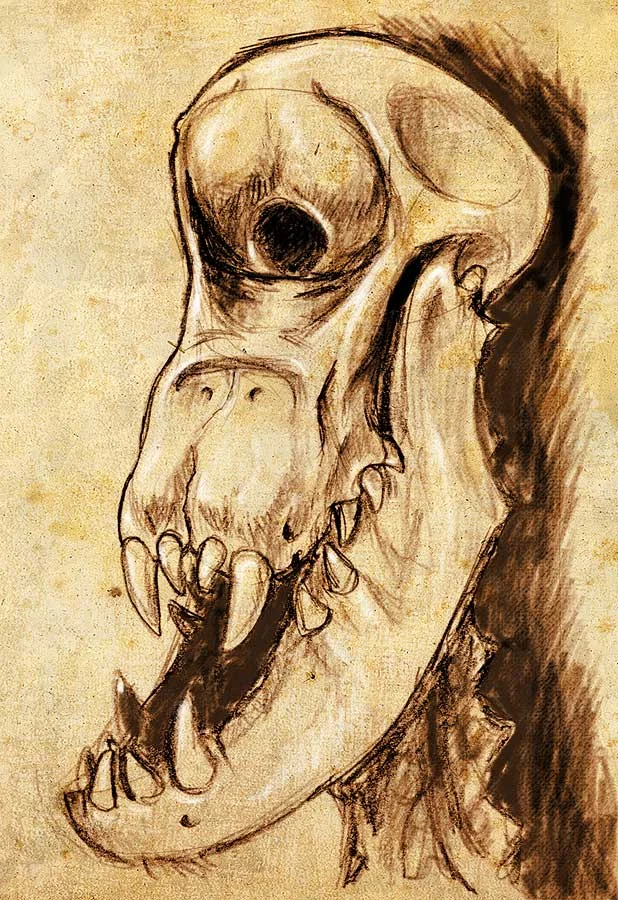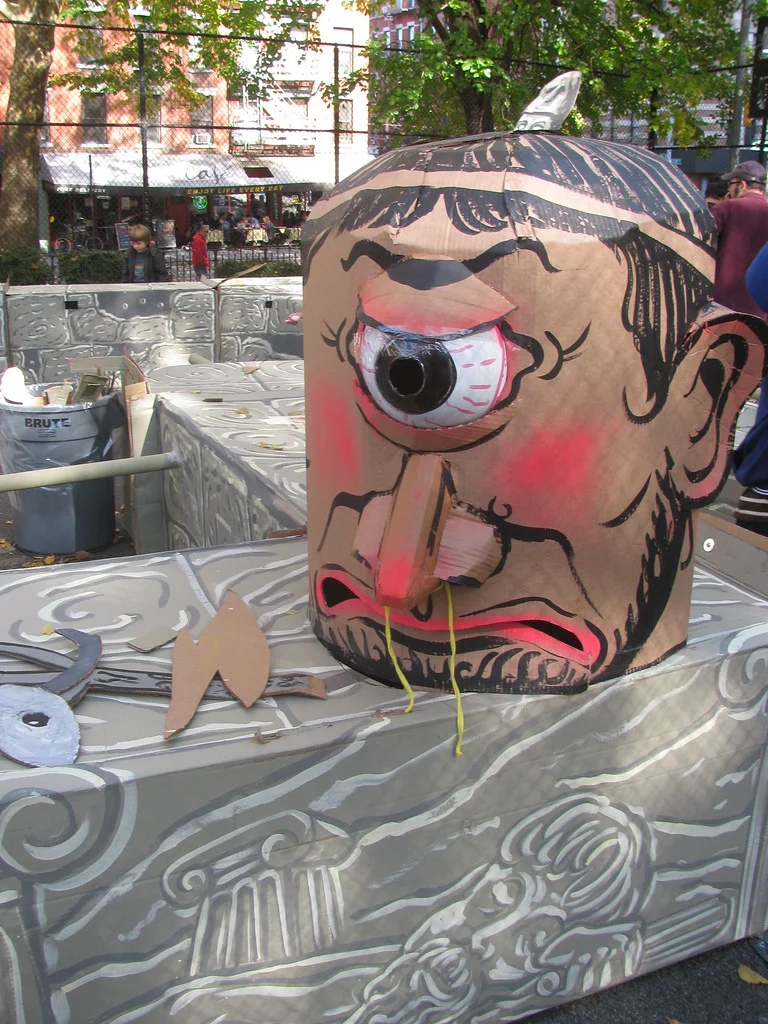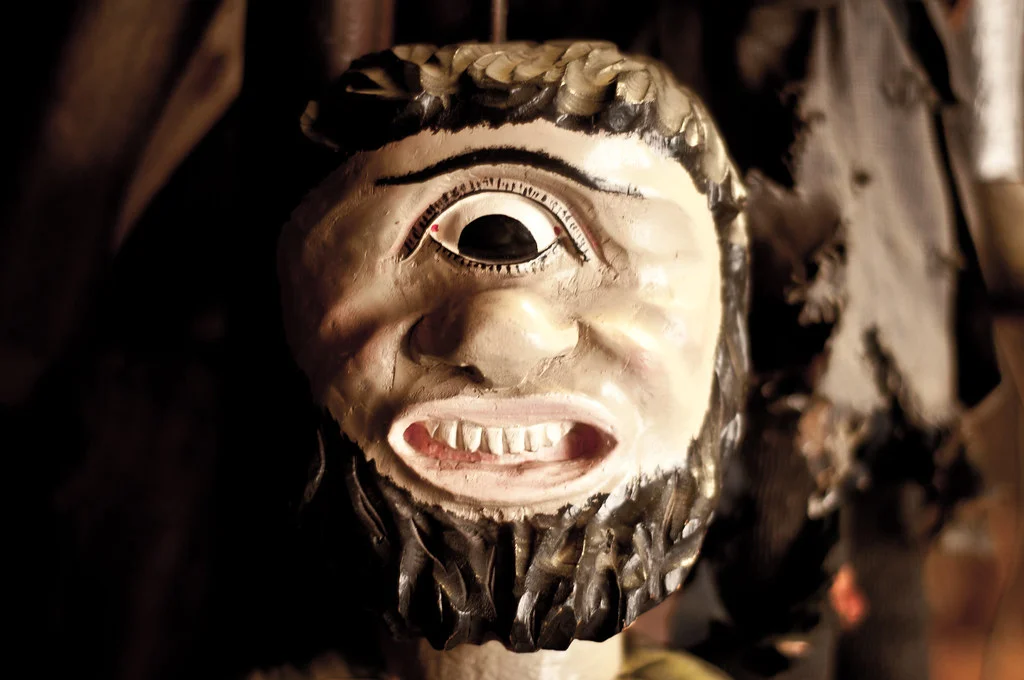Ever since I was a kid, I’ve had a bit of an obsession with Cyclopes. No, I wasn’t raised by them, but wouldn’t that be a story to tell at parties? Growing up, my bedroom was a shrine to these one-eyed wonders of mythology. I even had a giant eye painted on my ceiling – talk about a room with a view!
But let’s get real: how much do you actually know about these mythical giants beyond the usual ‘big eye, big problems’ narrative? Have you ever wondered if they had hobbies or what their dating profile might look like? Brace yourselves, because by the time you hit fact number 32, you’ll be seeing Cyclopes in a whole new light!
My name is Noman: mother, father, and friends, everyone calls me Noman.
The Odyssey
Cyclops Facts
Embark on a mythological journey as we get into the world of giants — get ready for epic facts about Cyclops! And remember, a quiz awaits at the end of this article, so keep your eyes (or your eye) open and read carefully. Don’t disappoint me.
- The Cyclops were giant, one-eyed creatures in Greek mythology.
- In Hesiod’s Theogony, they were the children of Uranus (Sky) and Gaia (Earth).
- Their names were Arges, Brontes, and Steropes, representing thunder, lightning, and bright.
- Cyclopes were known for their craftsmanship and blacksmithing.
- They forged Poseidon’s trident, Hades’ helmet, and Zeus‘ thunderbolts.
- In Homer’s Odyssey, the most famous Cyclops was Polyphemus.
- Polyphemus was blinded by Odysseus during his journey home from Troy.
- Ovid’s Metamorphoses describes the Cyclops as shepherds.
- Cyclopes lived in Sicily, according to Homer and Ovid.
- The Cyclops’ eye is often interpreted as representing solar power and celestial knowledge.
- They were sometimes depicted as helpers of the gods.
- In some stories, the Cyclopes were imprisoned by Uranus, and then freed by Zeus.
- Their single eye symbolized a primitive or uncivilized nature.

- Polyphemus fell in love with a nymph named Galatea in later myths.
- Virgil’s Aeneid also features Cyclopes in the story of Aeneas.
- The Cyclopes were known for their immense strength and size.
- They lived in caves and were often depicted as being isolated from civilization.
- Their diet was mainly pastoral, including cheese and milk, along with human flesh in some stories.
- The concept of Cyclopes may have been inspired by the fossilized remains of ancient animals.
- Artistic representations of Cyclopes vary from terrifying to comical in nature.
- In some myths, Cyclopes are portrayed as lonely and misunderstood creatures.
- The term “cyclops” has become synonymous with any mythical or fictional one-eyed creature.
- The Silenus mentions Cyclopes as skilled metalworkers and builders.
- They were often associated with volcanoes and forge fires.
- In Renaissance art, Cyclopes were depicted more human-like, losing some of their monstrous traits.
- Archaeological evidence suggests that worship of Cyclopes existed in ancient cultures.
- Their single eye is sometimes interpreted as an evil eye symbol.
- Cyclopes play a significant role in modern fantasy and popular culture.

- The story of Odysseus and Polyphemus is a classic example of intelligence overcoming brute strength.
- In some versions, Polyphemus is the son of Poseidon and the sea nymph Thoosa.
- The Cyclopes’ lack of social graces and civilization is a common theme in myths.
- They are sometimes considered symbols of natural disasters, like earthquakes and storms.
- In post-Hellenistic art, the Cyclops is sometimes portrayed as a romantic figure.
- Their creation of godly weapons signifies their importance in Greek mythology.
- Non-Homeric myths sometimes depict them as more sophisticated and civilized.
- They are part of a broader category of Giant creatures in Greek mythology.
- Pliny the Elder referenced Cyclopes in his Natural History, linking them to real-world phenomena.
- Their portrayal ranges from malevolent monsters to sympathetic characters.
- In ancient Greek pottery, Cyclopes are often depicted in scenes from the Odyssey.

- Some interpretations suggest Cyclopes represent humanity’s primal aspects.
- Their one-eyed visage has become an iconic symbol in art and literature.
- Shakespeare’s play “The Tempest” includes a character inspired by the Cyclops myth.
- In some tales, they are associated with craftsmanship and creation, not just destruction.
- Their role in forging weapons for gods signifies their divine connection and power.
- Modern interpretations often explore the psychological aspects of being a Cyclops.
- Some researchers theorize that the Cyclops myth was influenced by prehistoric encounters with elephants.
- The Cyclops myth has been used to explore themes of otherness and alienation.
- They are a popular subject in children’s literature and animated films.
- Their story is often used as a cautionary tale about the dangers of hubris and disrespecting the gods.
- Cyclopes’ depiction in media ranges from fearsome warriors to gentle giants.
Cyclops Myths

Now that we’ve uncovered all these Cyclops facts, let’s embark on a quest to differentiate the established truths from the ancient myths surrounding these mythical creatures.
- Cyclopes Were Savage and Unintelligent Beasts
While often depicted as brutish in popular culture, Cyclopes in Greek mythology were actually skilled craftsmen. The most famous, Hephaestus, was known for his metalworking abilities, creating weapons for the gods. - All Cyclopes Had Only One Eye
Literature often defines Cyclopes by their singular eye, but ancient texts did not always describe them this way. Some stories suggest variations in their appearance, hinting at more diverse characteristics. - Cyclopes Were Immortal
Contrary to the belief that they were immortal, Cyclopes in mythology had mortal qualities. In Homer’s “Odyssey,” Odysseus outwitted and blinded the Cyclops Polyphemus, showing that they could be killed. - Cyclopes Were Always Hostile to Humans
Although some stories depict Cyclopes as dangerous, they were not universally hostile. In various myths, they interact neutrally or even beneficially with humans, showcasing a range of behaviors. - Cyclopes Lived Alone Because They Were Shunned
Cyclopes often appear as solitary creatures in portrayals, but they chose or functioned as solitary beings in mythology rather than being outcasts. They were capable of social interactions and even had familial connections.
No products found.
Cyclops FAQ

Now that we’ve separated myth from reality, let’s dive into some frequently asked questions. Remember to read carefully, as your knowledge will soon be put to the test in the upcoming quiz!
- What is a Cyclops?
A Cyclops, a creature from Greek mythology, is known for its gigantic size and singular eye in the middle of its forehead. These beings, often depicted as shepherds or blacksmiths, were known for their incredible strength and somewhat primitive behavior. - Who is the father of the Cyclopes?
The father of the Cyclopes is Uranus, the sky god. Their mother is Gaia, the earth goddess. In myth, these titanic beings were born directly from the union of the earth and the sky, which is pretty poetic when you think about it. - Where do Cyclopes live?
Cyclopes are traditionally believed to live in remote, wild places, often depicted as islands or in rugged mountainous areas. One of the most famous Cyclopes, Polyphemus, lived on an island that was visited by Odysseus in Homer’s “Odyssey.” - What is the Cyclops’ name?
Well, there isn’t just one Cyclops with a single name. However, the most famous Cyclops is Polyphemus, encountered by Odysseus in the “Odyssey.” There was also a group of Cyclopes in Hesiod’s works, who were named Brontes, Steropes, and Arges, known as craftsmen. - Are Cyclopes real?
Cyclopes are mythical creatures and there’s no scientific evidence to suggest they were ever real. Ancient Greek mythology includes their stories, passed down through generations as part of cultural and literary tradition, not as historical fact.
Cyclops Trivia

Welcome to the Cyclops Quiz! Remember, in the world of mythology, those who can’t spot a Cyclops might just end up as their next snack. Let’s see if you can keep an eye out for the right answers!
Conclusion
Who knew that Cyclops, the one-eyed wonders of mythology, could be such fascinating characters? From their misunderstood nature to their impressive careers in blacksmithing and sheep herding, these giants truly break the mold.
And let’s not forget their unique perspective on life (pun intended). It makes you wonder: how would a game of “I Spy” go with a Cyclops? Share your Cyclops-related puns or thoughts you’ve hidden up your sleeve in the comments.
Source Used For This Article

